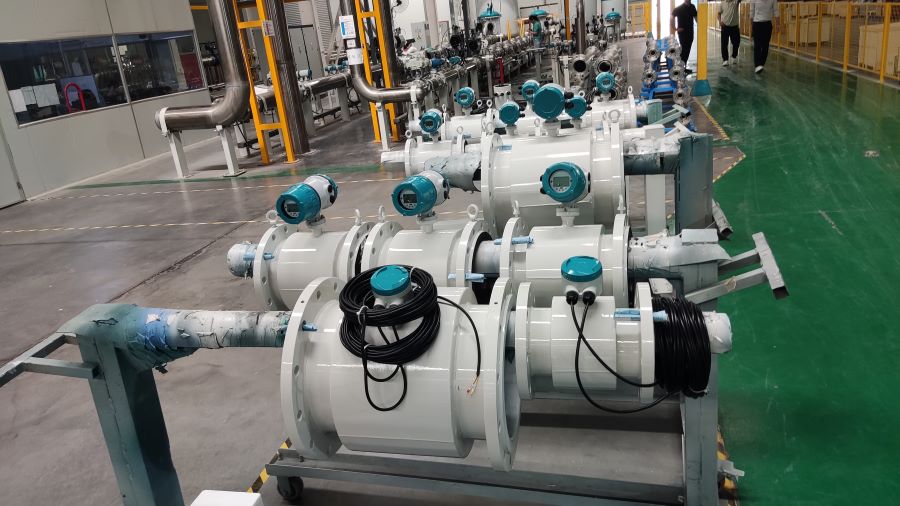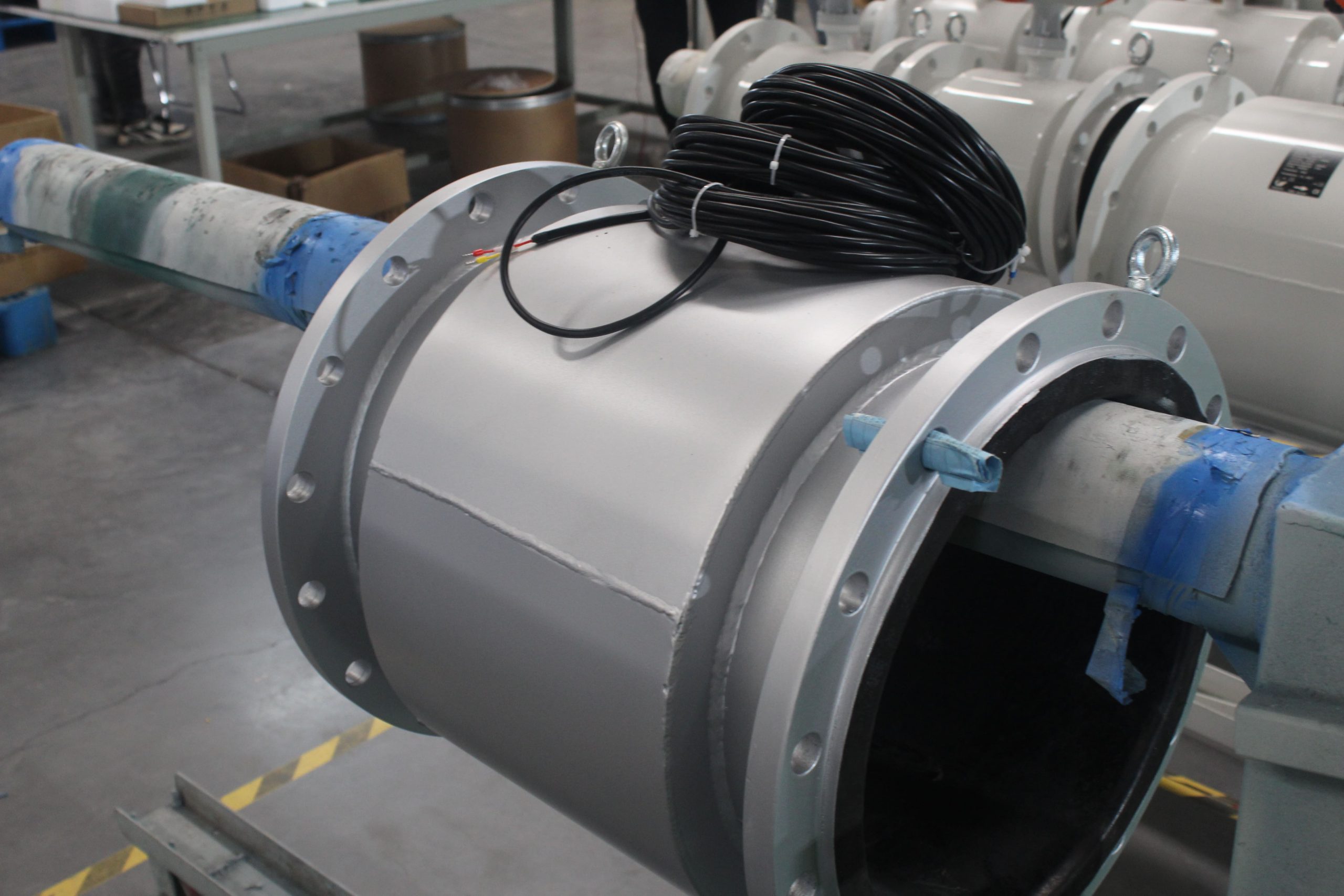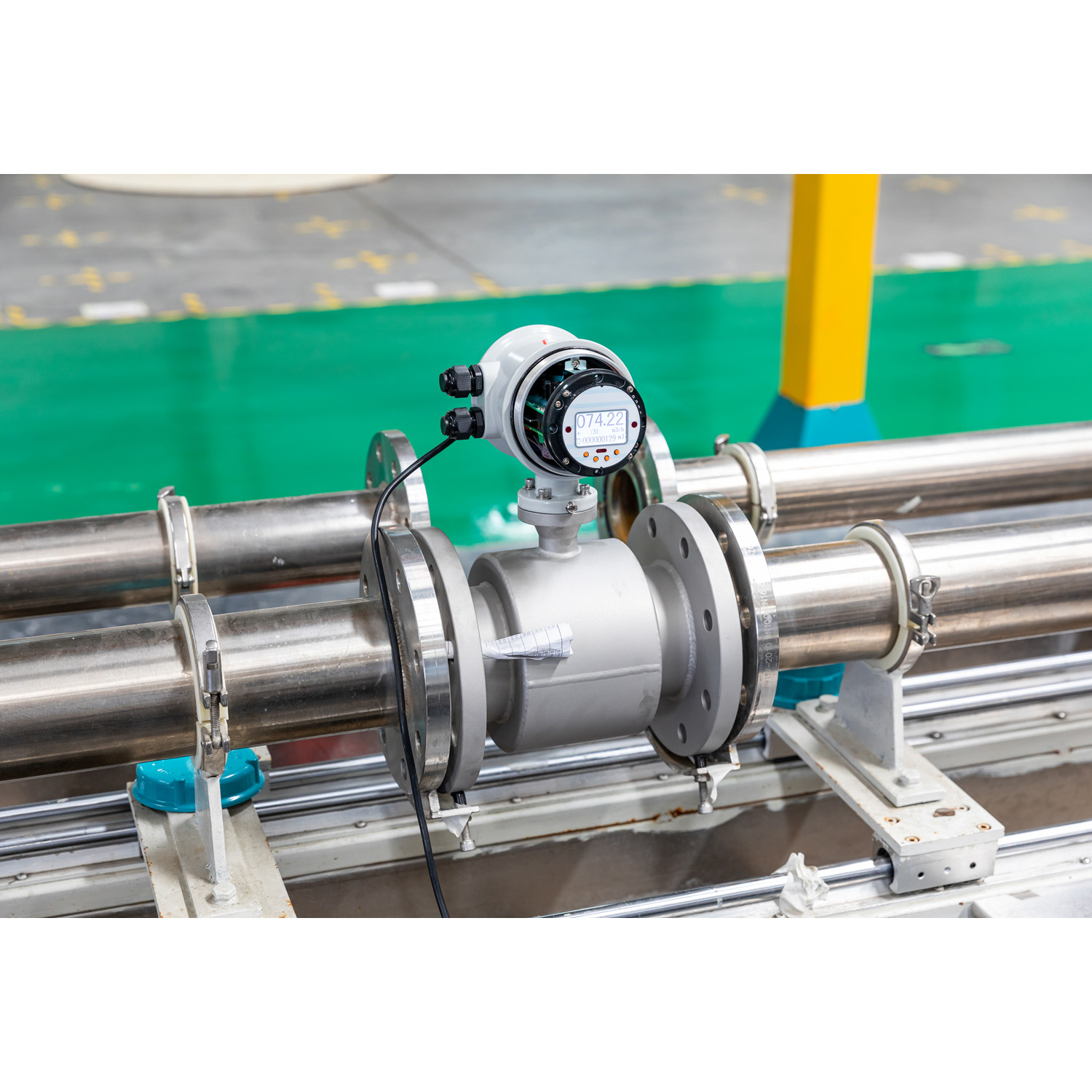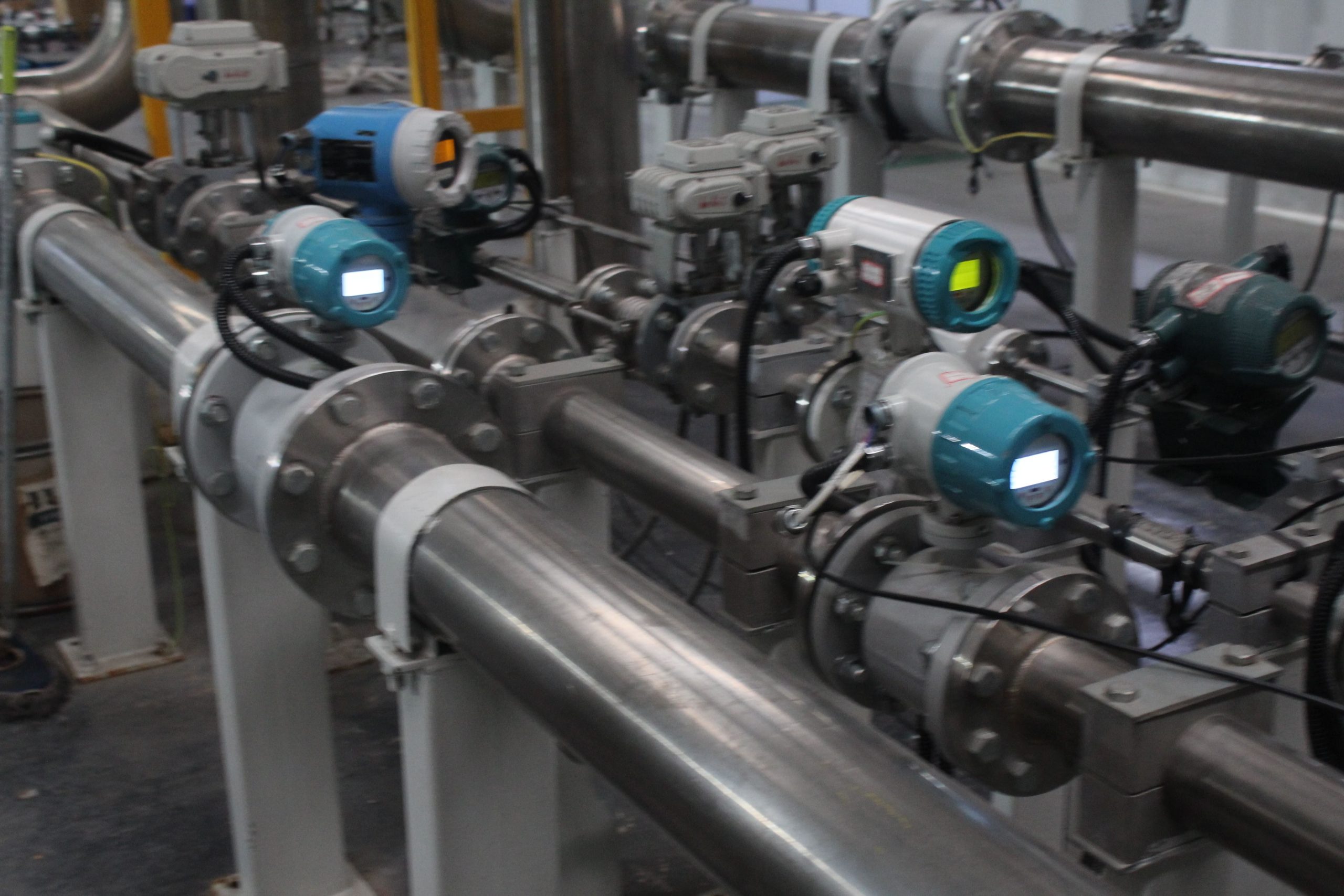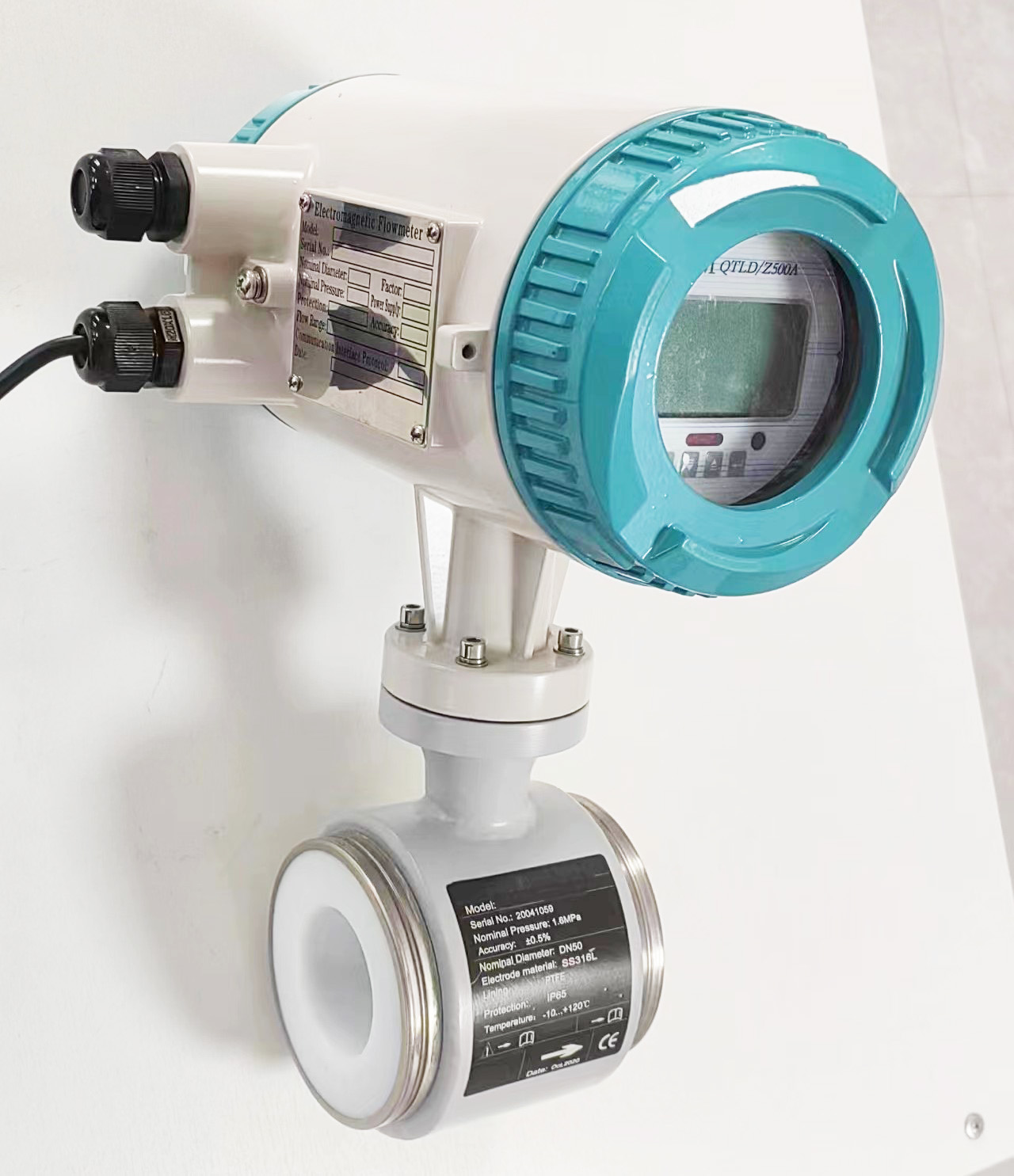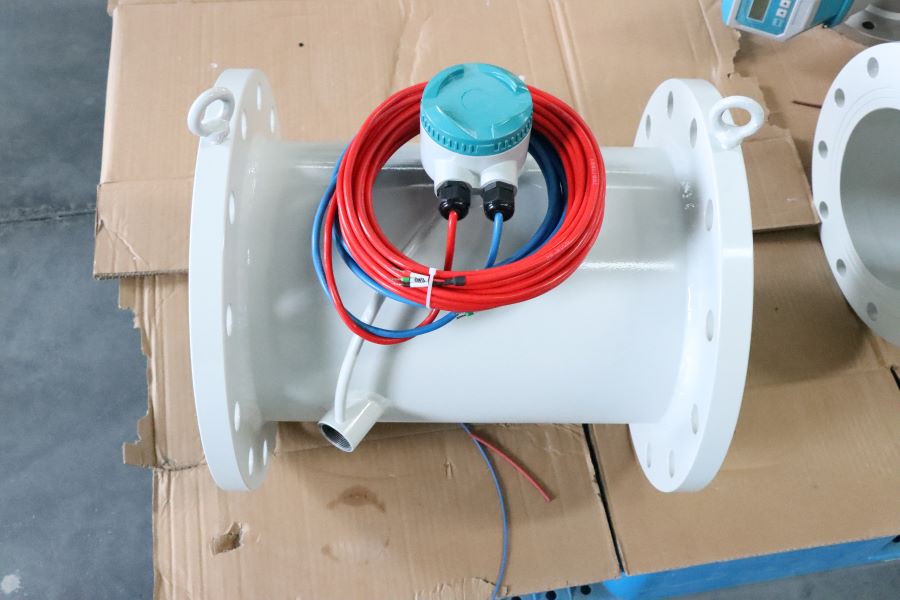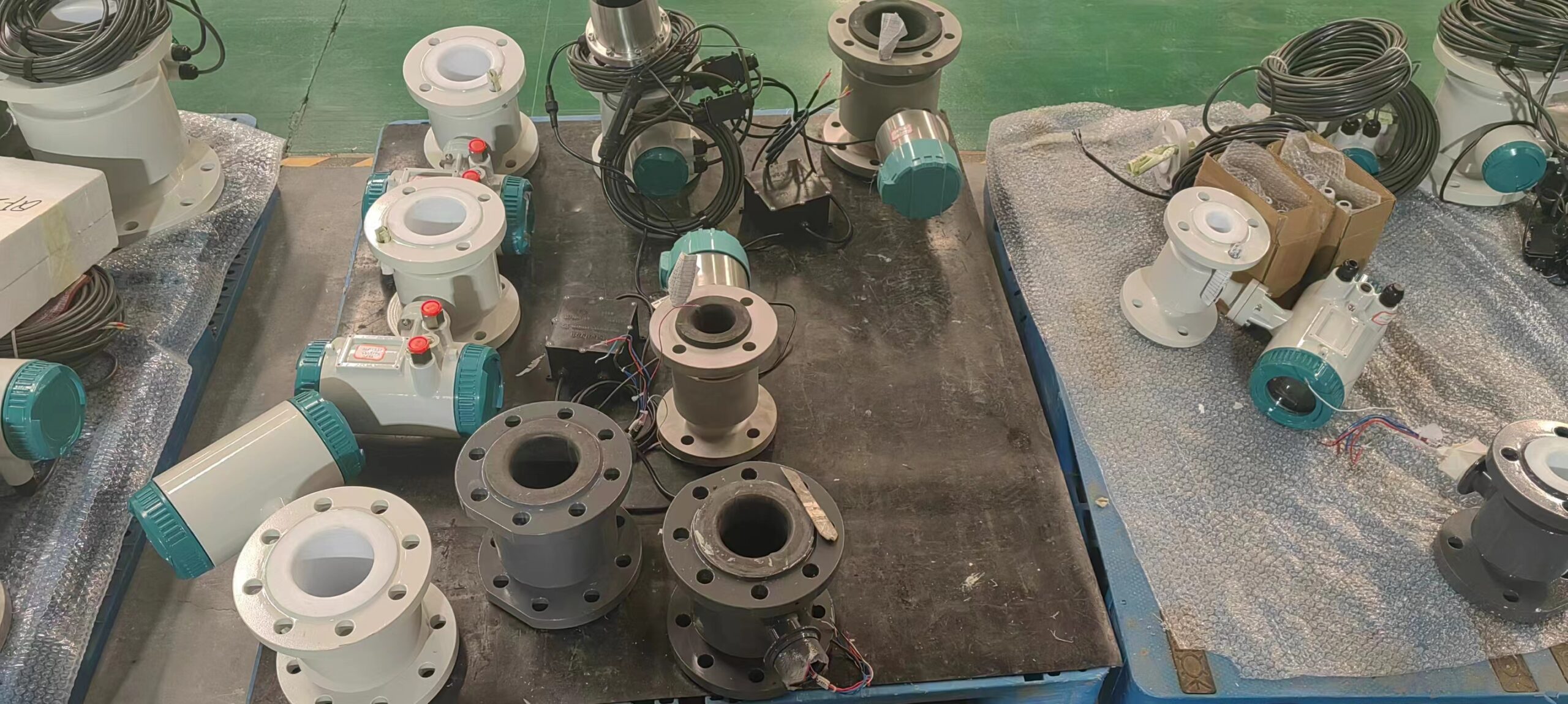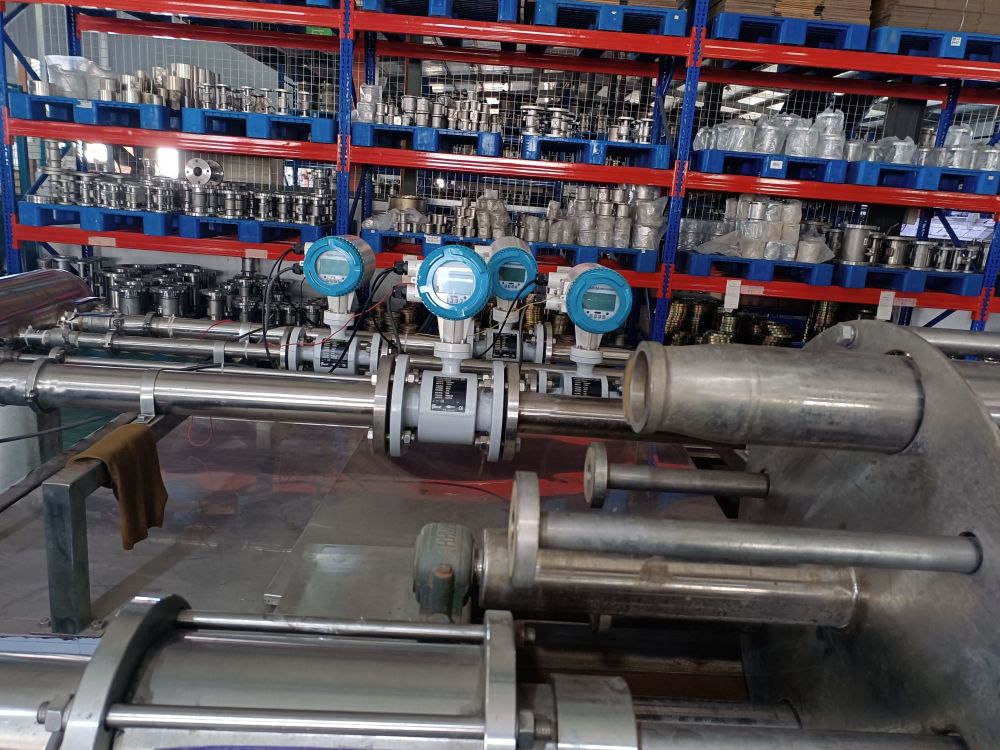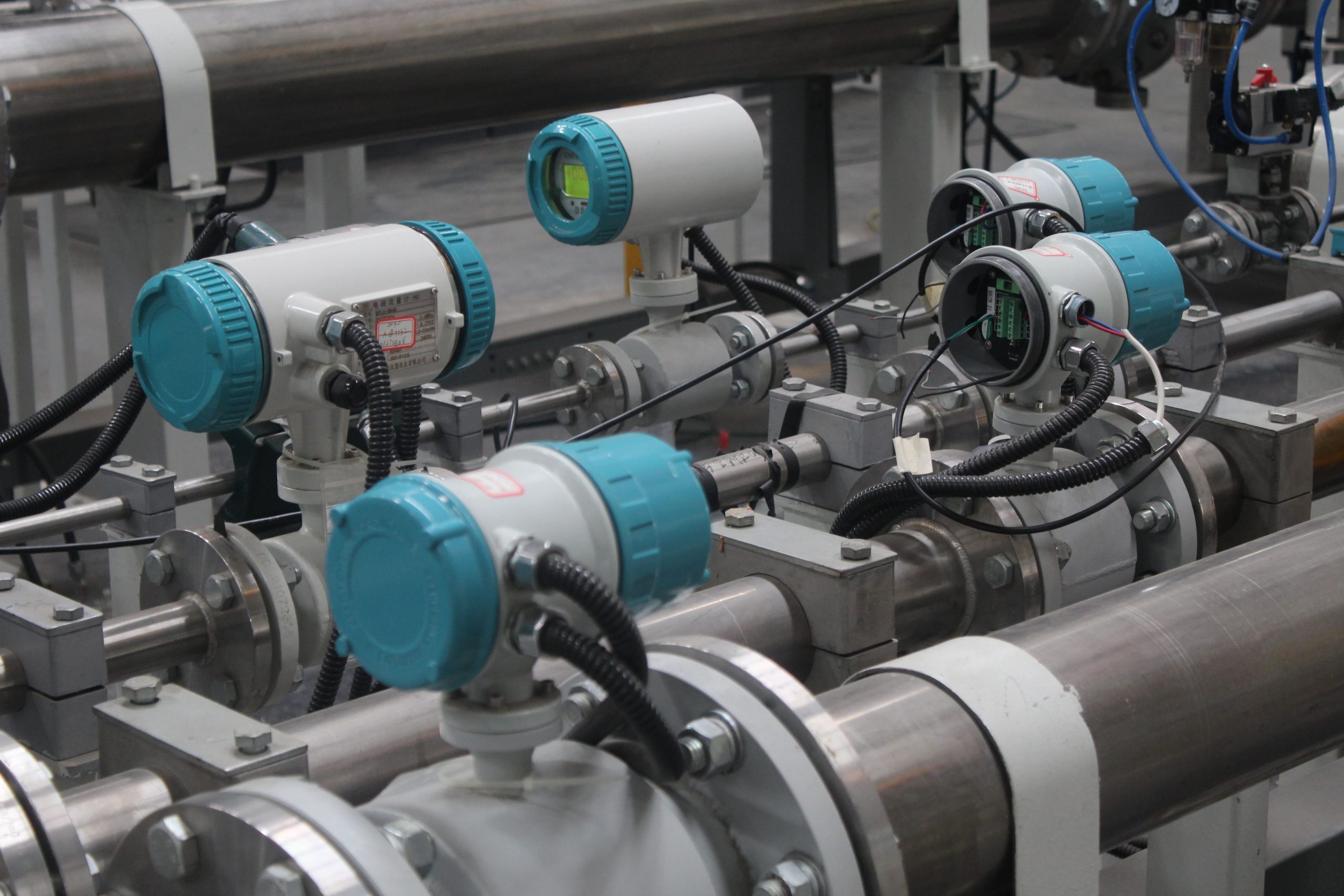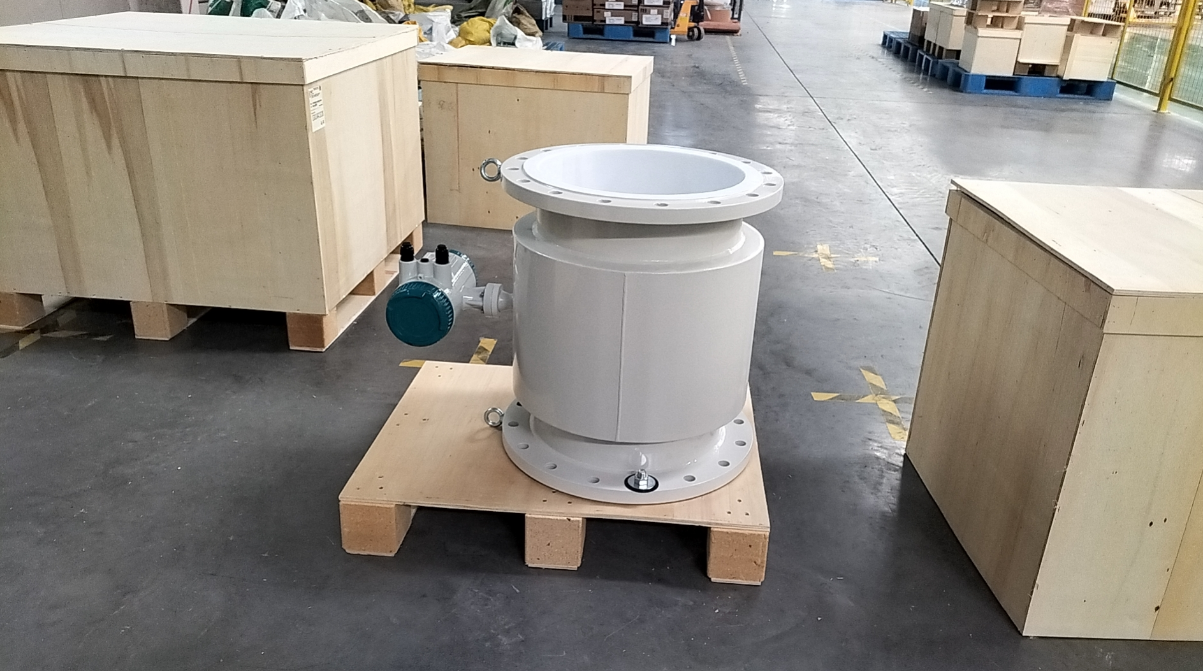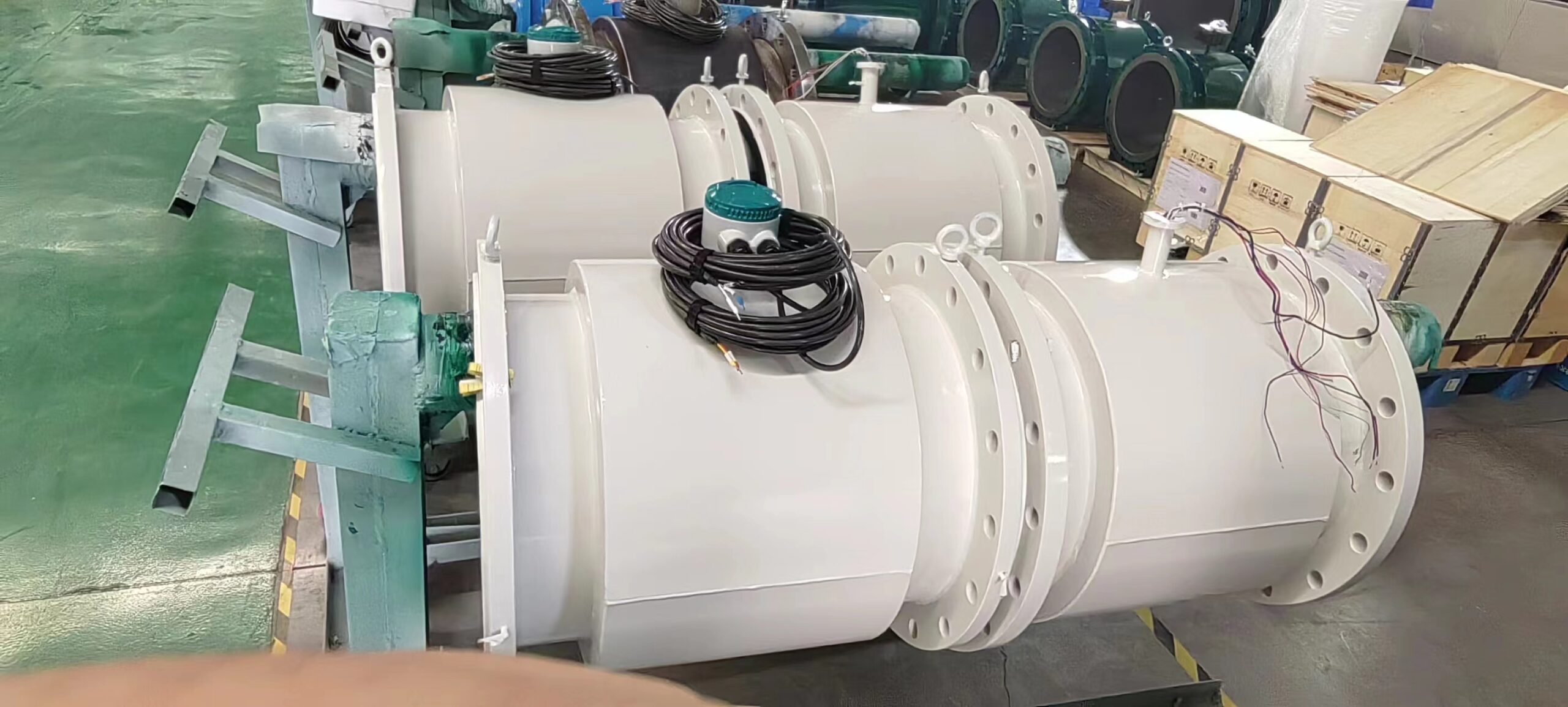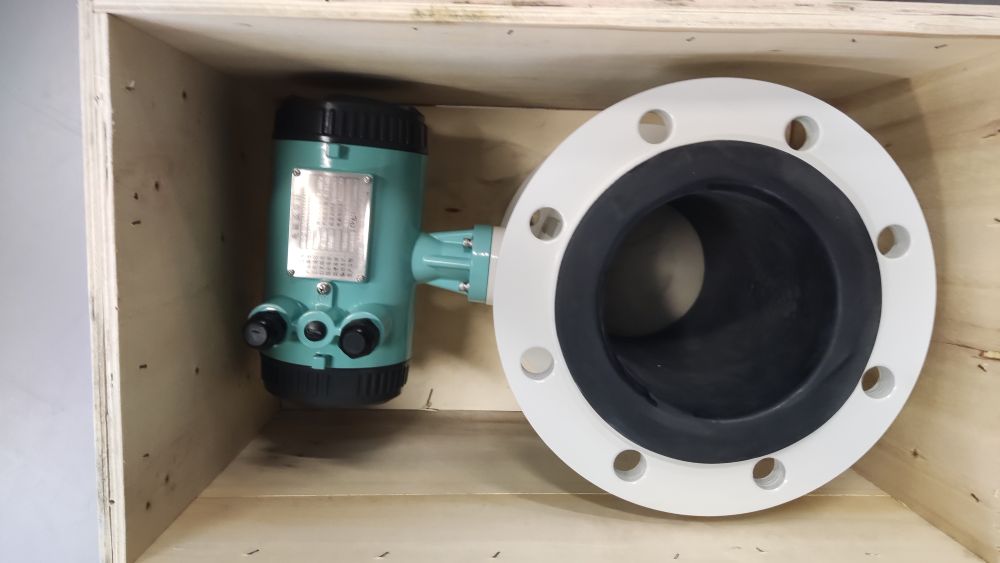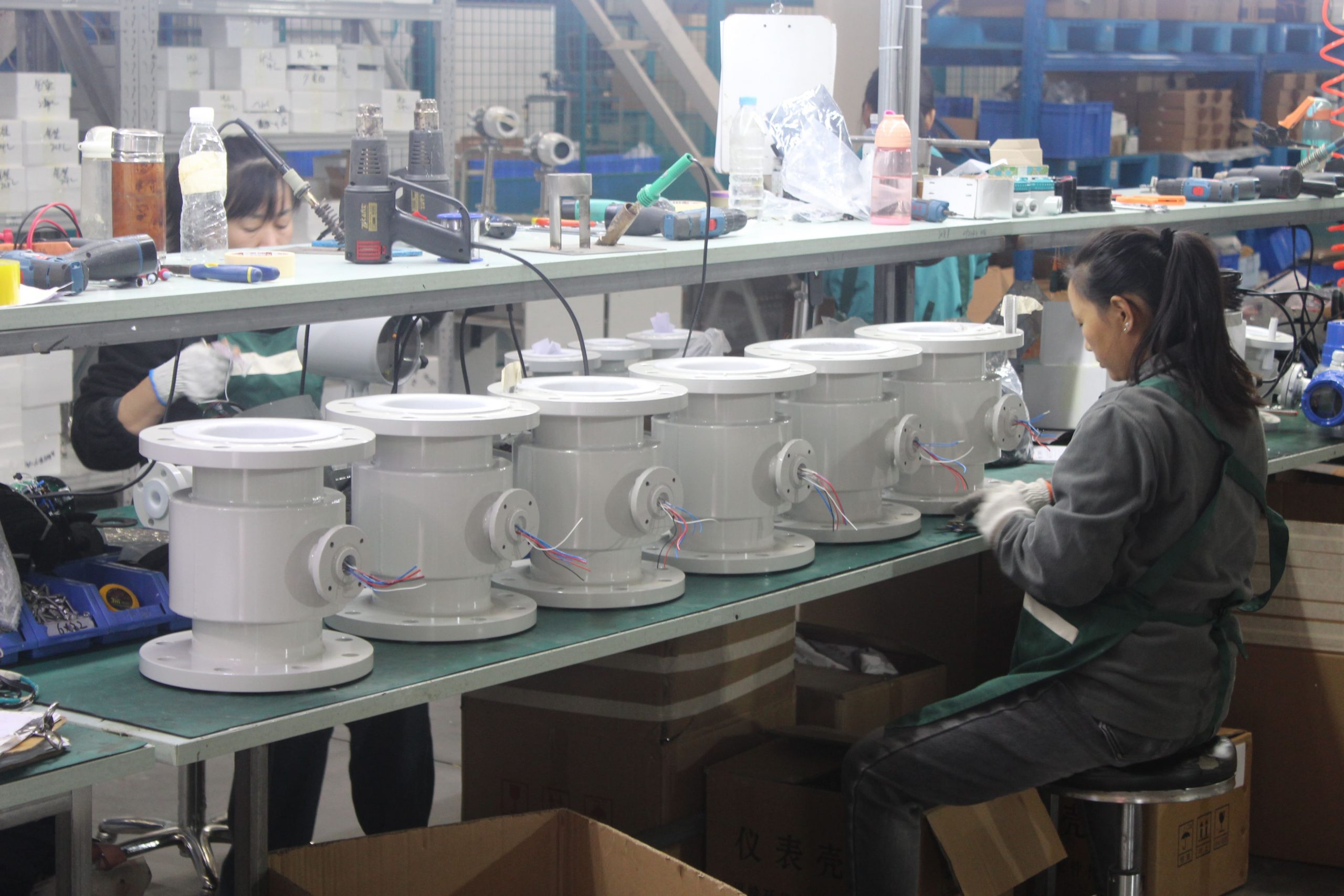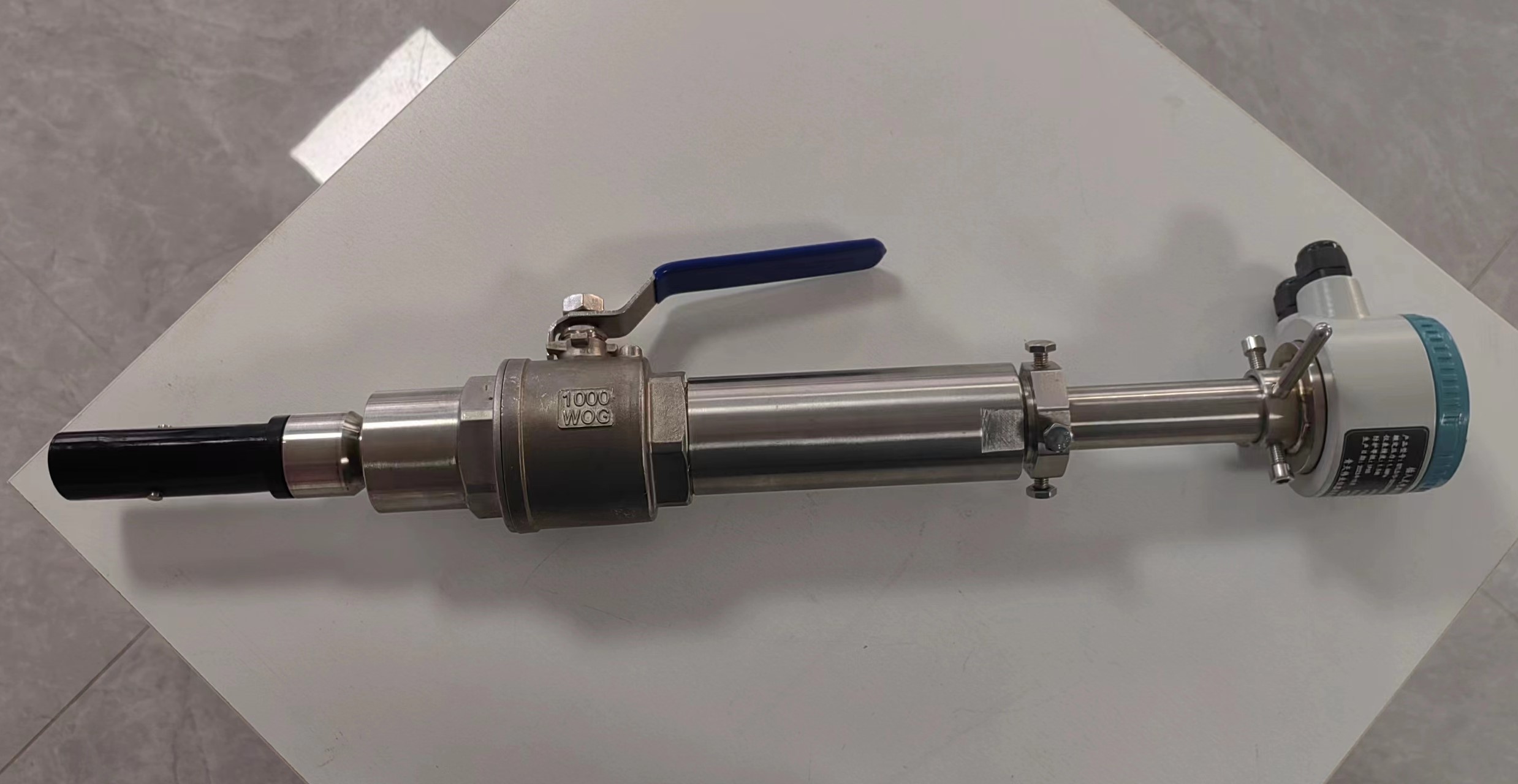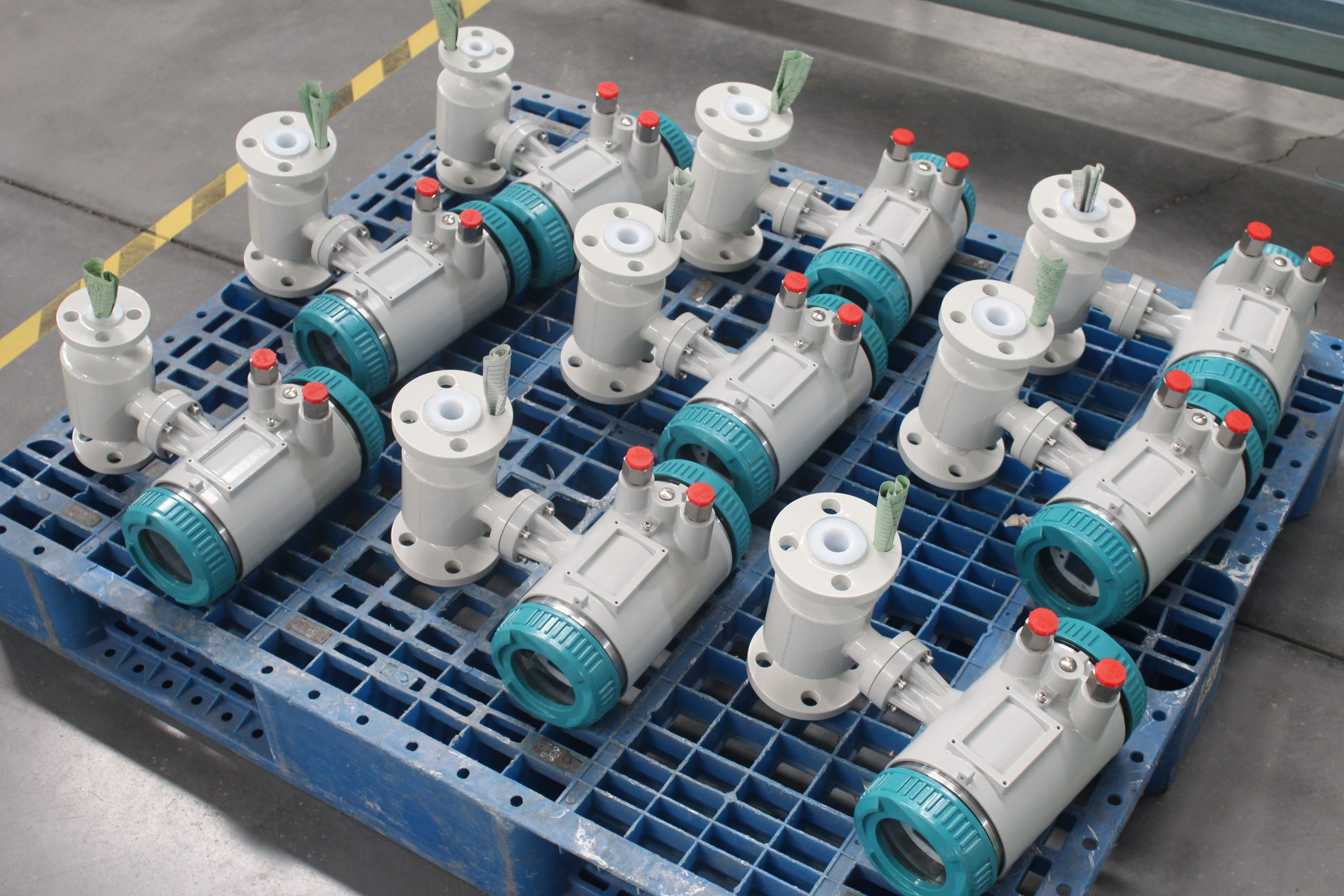Split electromagnetic flow meter in the installation process precautions
The transducer in the split electromagnetic flowmeter can form a body or separate type with the sensor, the integrated electromagnetic flowmeter is the integrated electromagnetic flowmeter, the split type becomes the split electromagnetic flowmeter, the flowmeter is a two-way measurement system, and the three integrators are installed: the forward total, the reverse total and the difference total
It can display positive and reverse flow, and has a variety of outputs: current, pulse, digital communication, HART, taking split electromagnetic flowmeter as an example to introduce what problems should be paid attention to when installing:
1. Install the grounding of the split electromagnetic flowmeter sensor: In order to make the split electromagnetic flowmeter work reliably, improve the measurement accuracy, and not be interfered by the external parasitic potential, the sensor should have a good separate grounding wire, and the grounding resistance is <10Ω. If the pipe connected to the sensor is coated with an insulating layer or non-metallic pipe, the sensor requirements for the external environment:
a. The flow meter should avoid installation in places where the temperature changes greatly or is exposed to high temperature radiation of the equipment, if it must be installed, there must be heat insulation and ventilation measures.
b. The flowmeter is installed indoors, if it must be installed outdoors, it should avoid rain, water flooding and sun exposure, and must have moisture-proof and sunscreen measures.
c. Flowmeter should avoid installation in an environment containing corrosive gases, must be installed, must have ventilation measures.
d. In order to install, maintain, maintenance, convenience, there needs to be a full installation space around the flow meter.
e. The installation site of the flow meter should avoid strong magnetic fields and strong vibration sources, such as large pipeline vibration, there should be fixed pipe supports on both sides of the flow meter.
2. Installation of separate electromagnetic flowmeter for bypass pipe requirements: in order to facilitate the maintenance of the flowmeter, for the flowmeter to install bypass pipe, in addition, heavy pollution fluid and flowmeter need to be cleaned and the fluid can not be stopped, must be installed bypass pipe, the purpose is to facilitate the maintenance of the flowmeter.

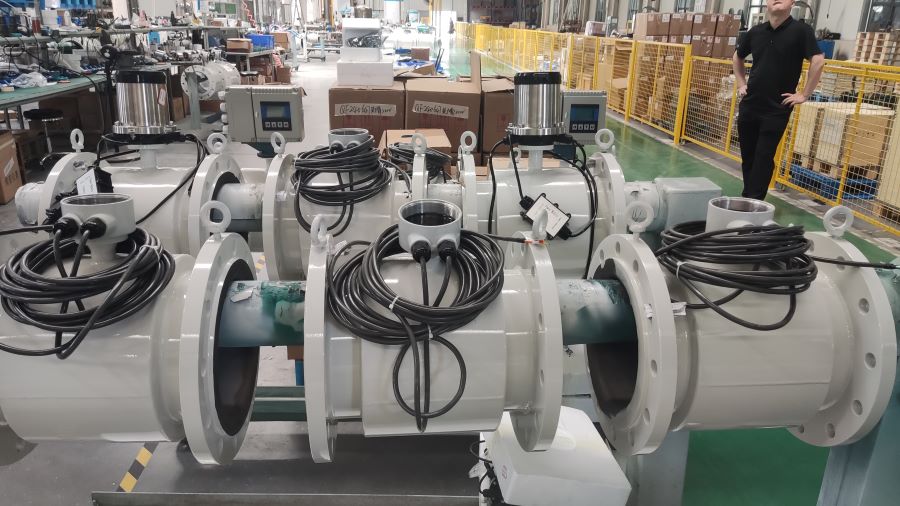
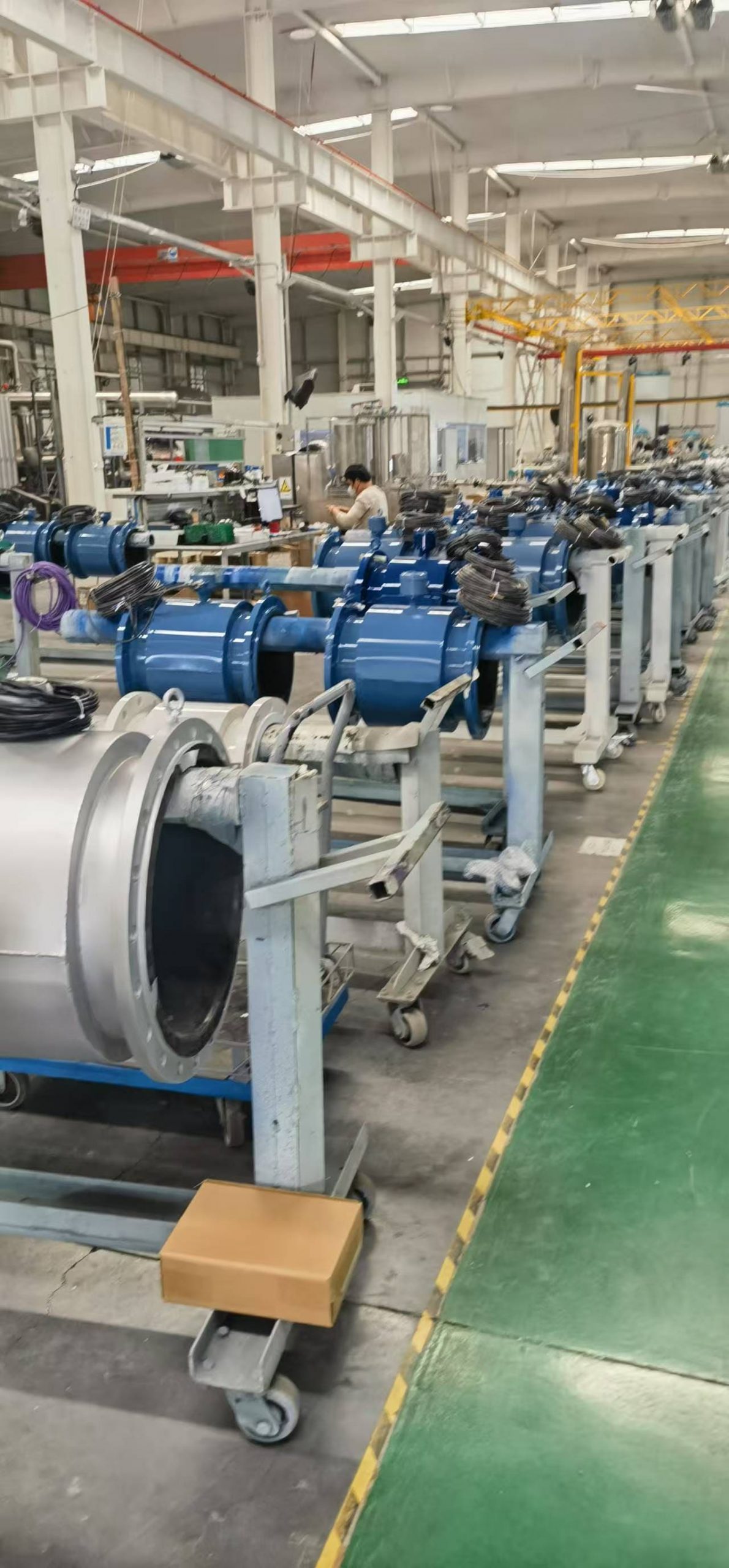
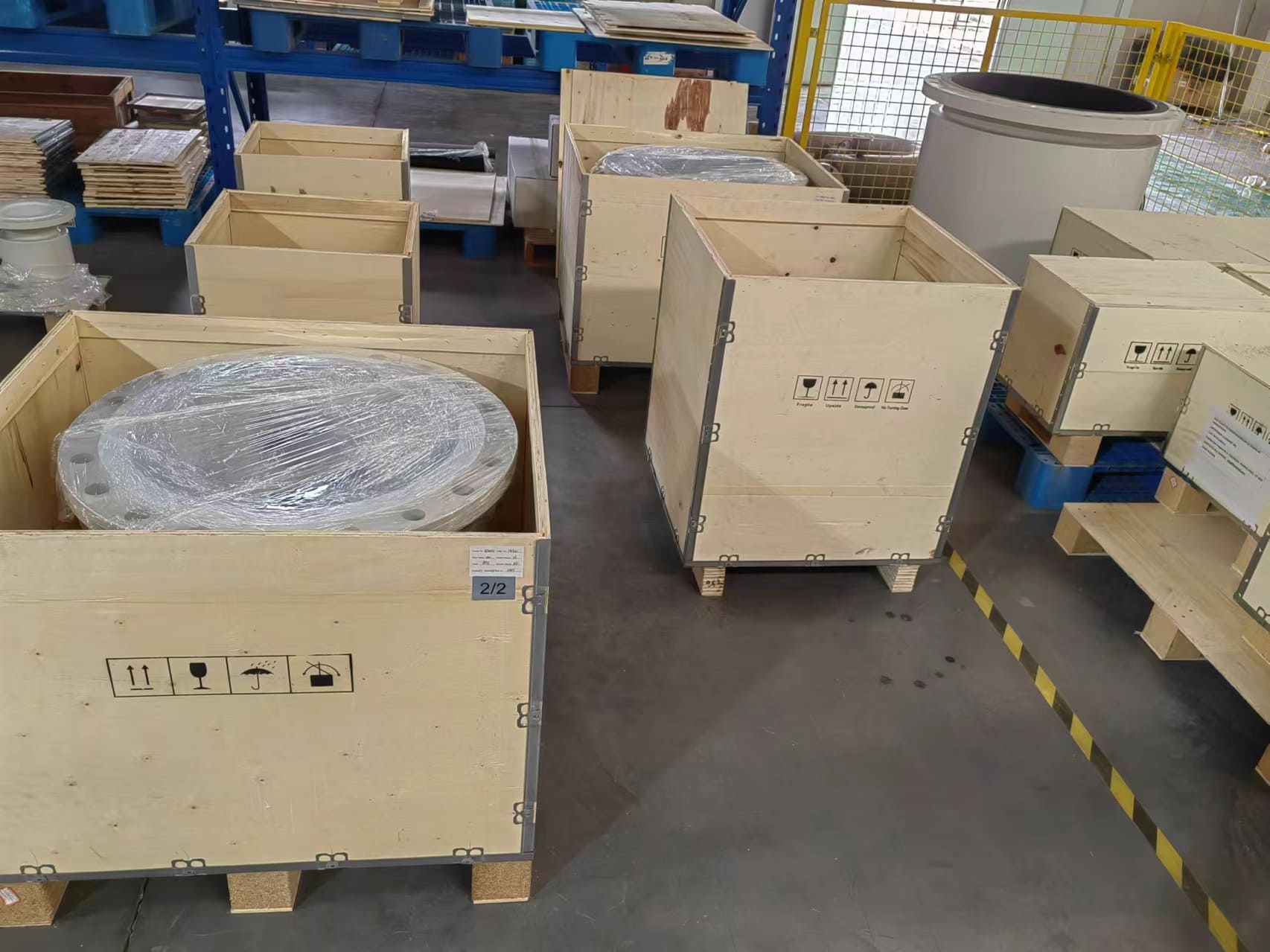
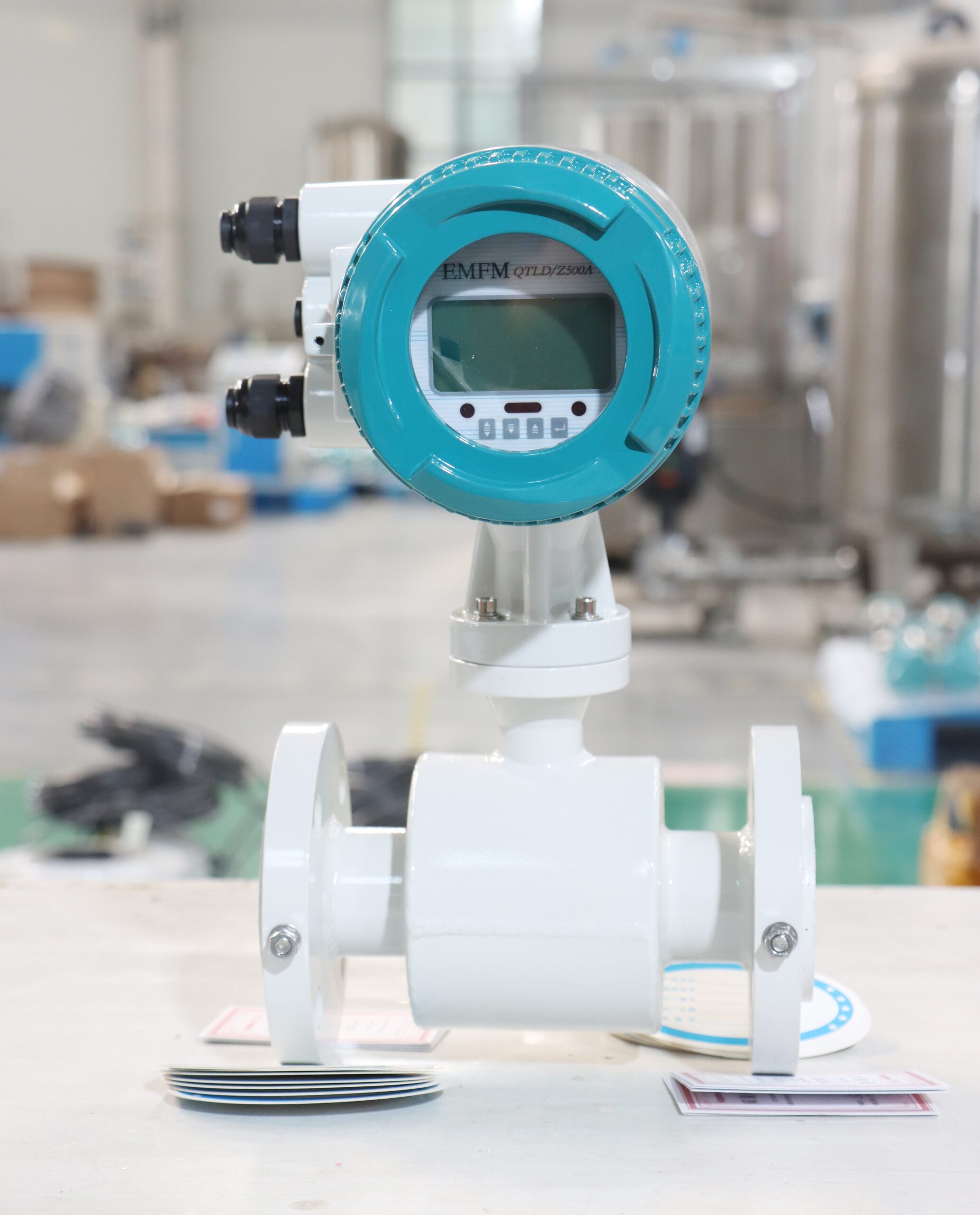

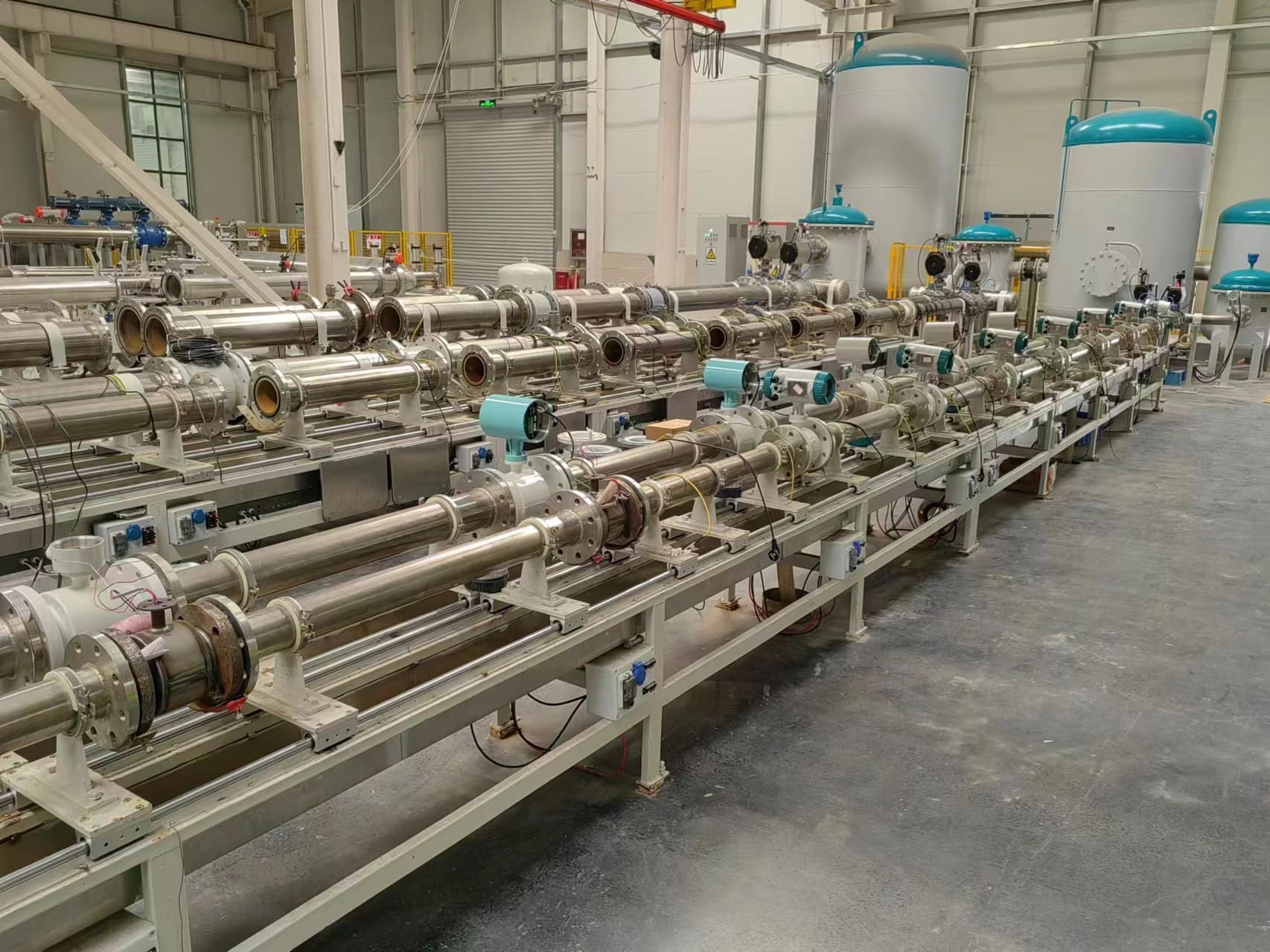
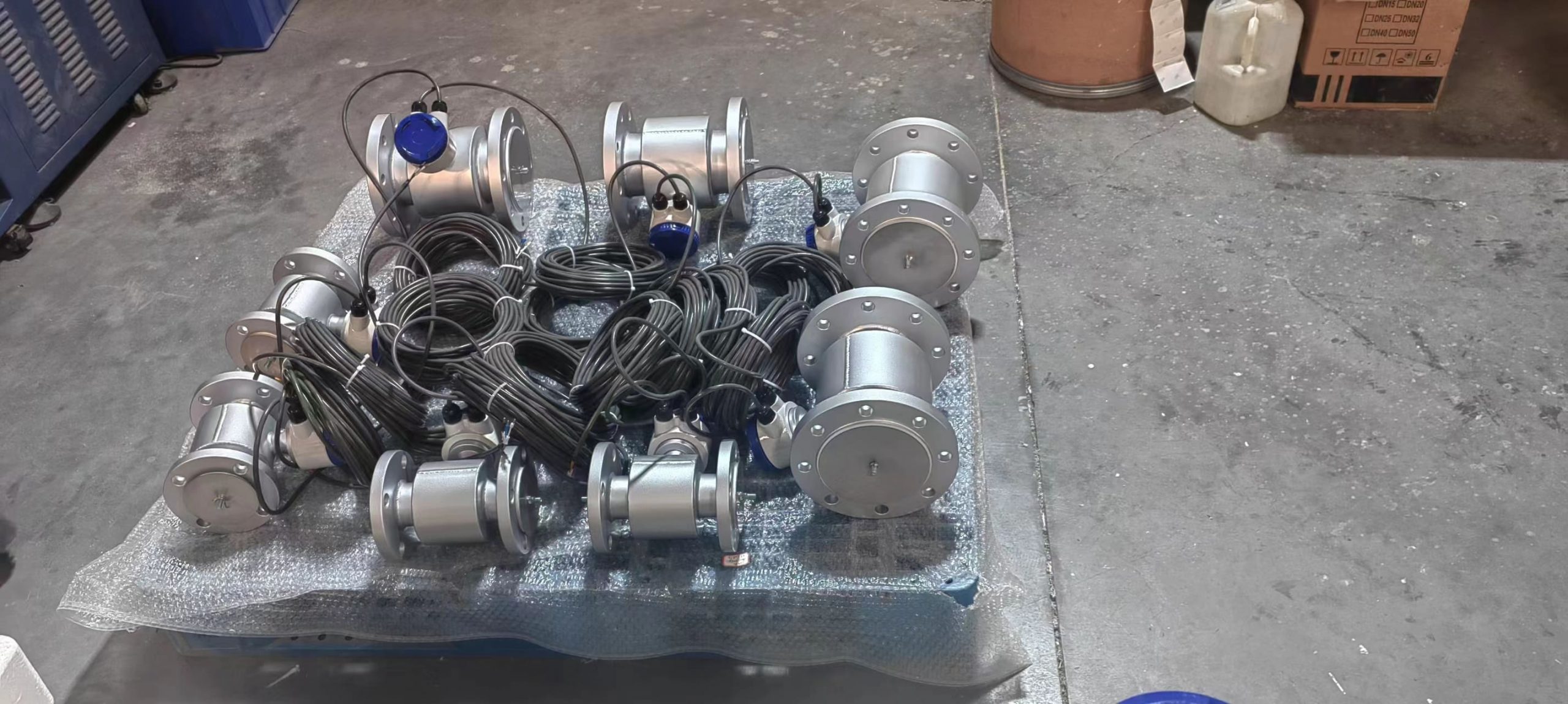
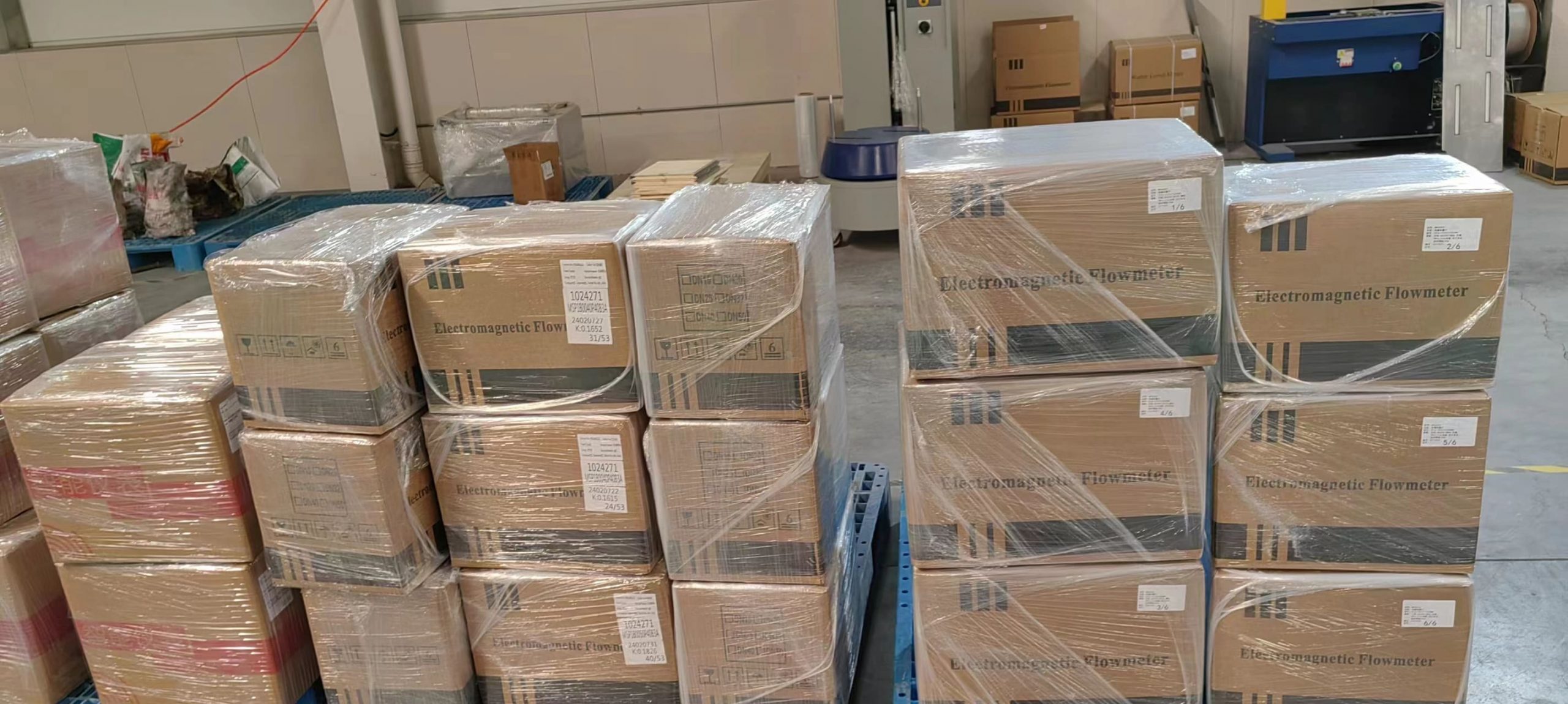
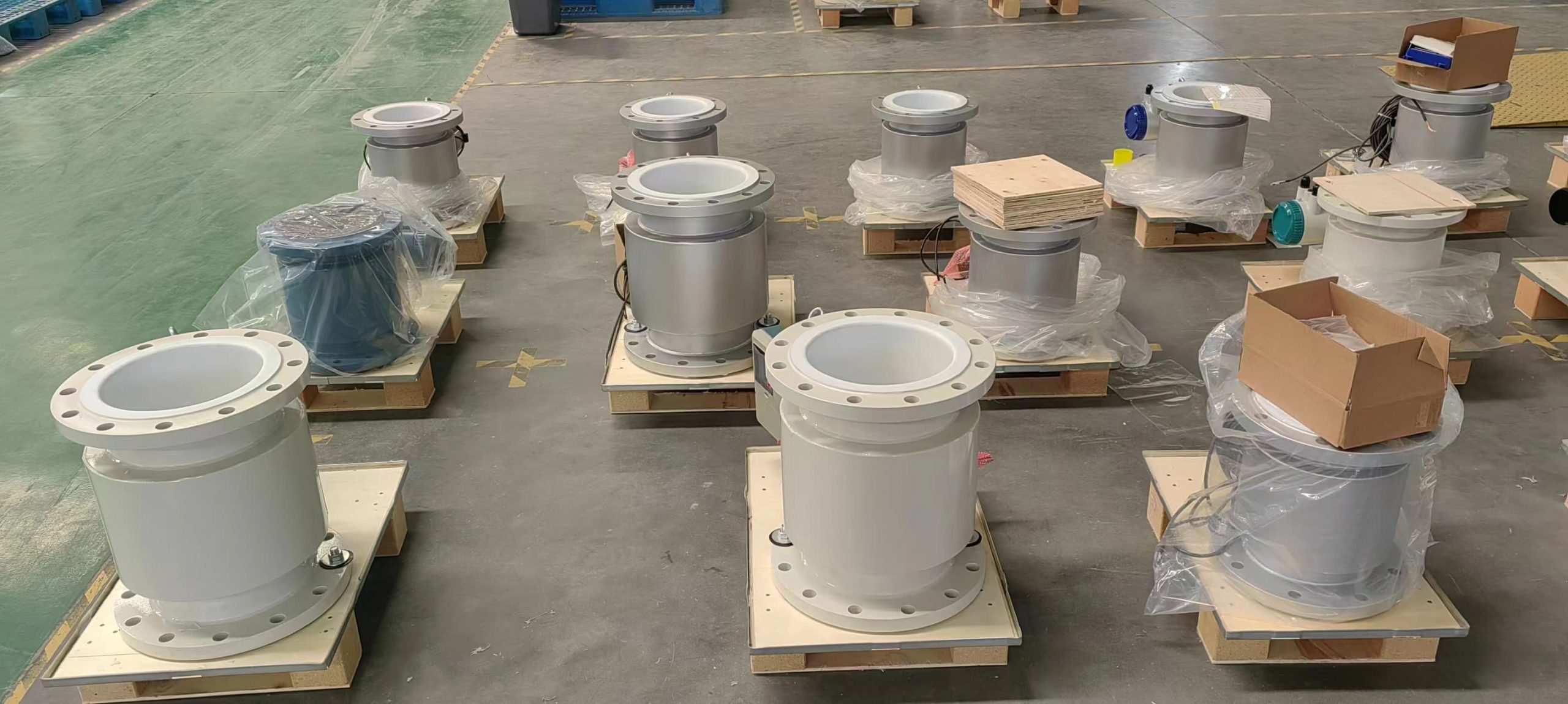
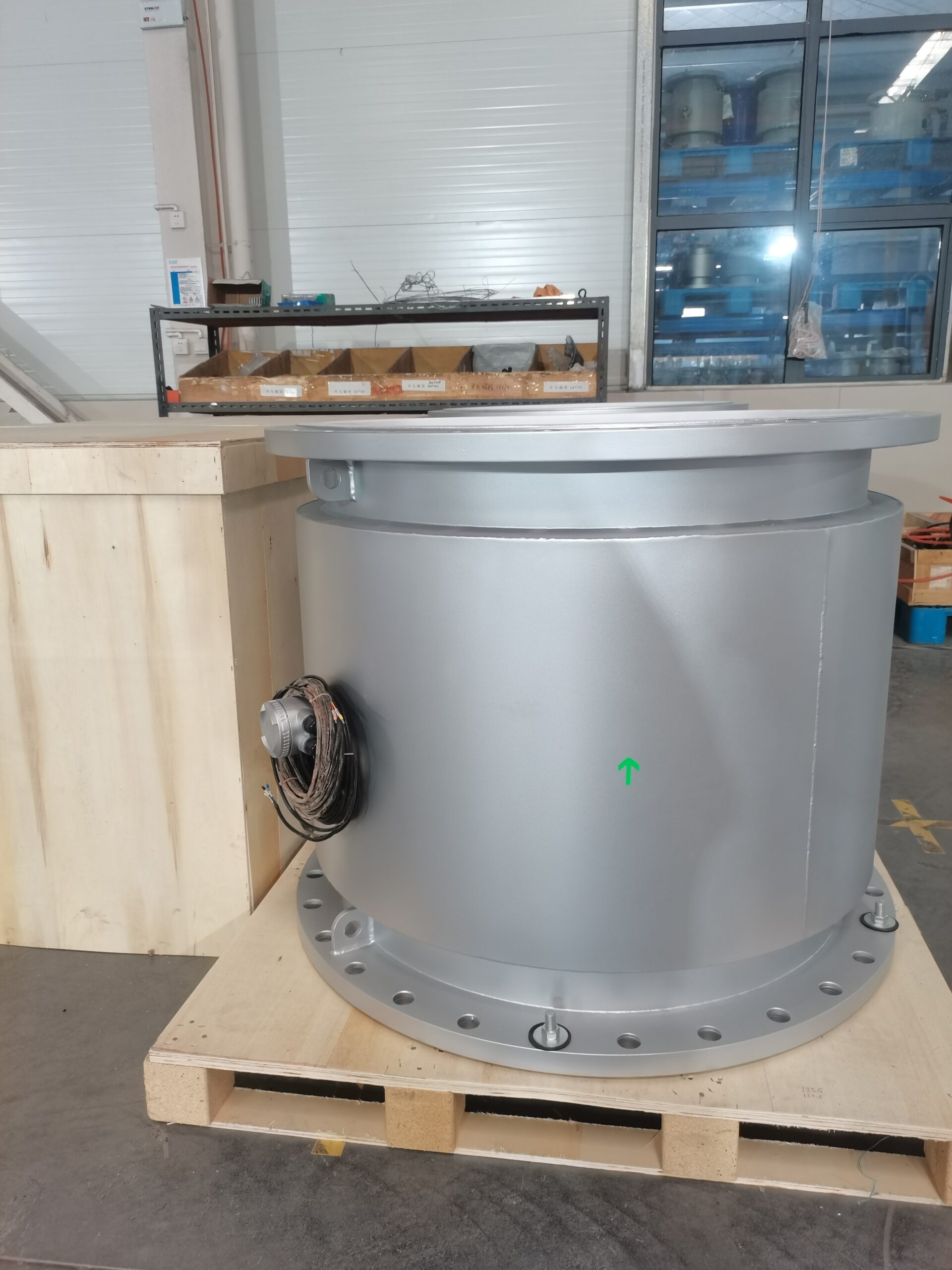
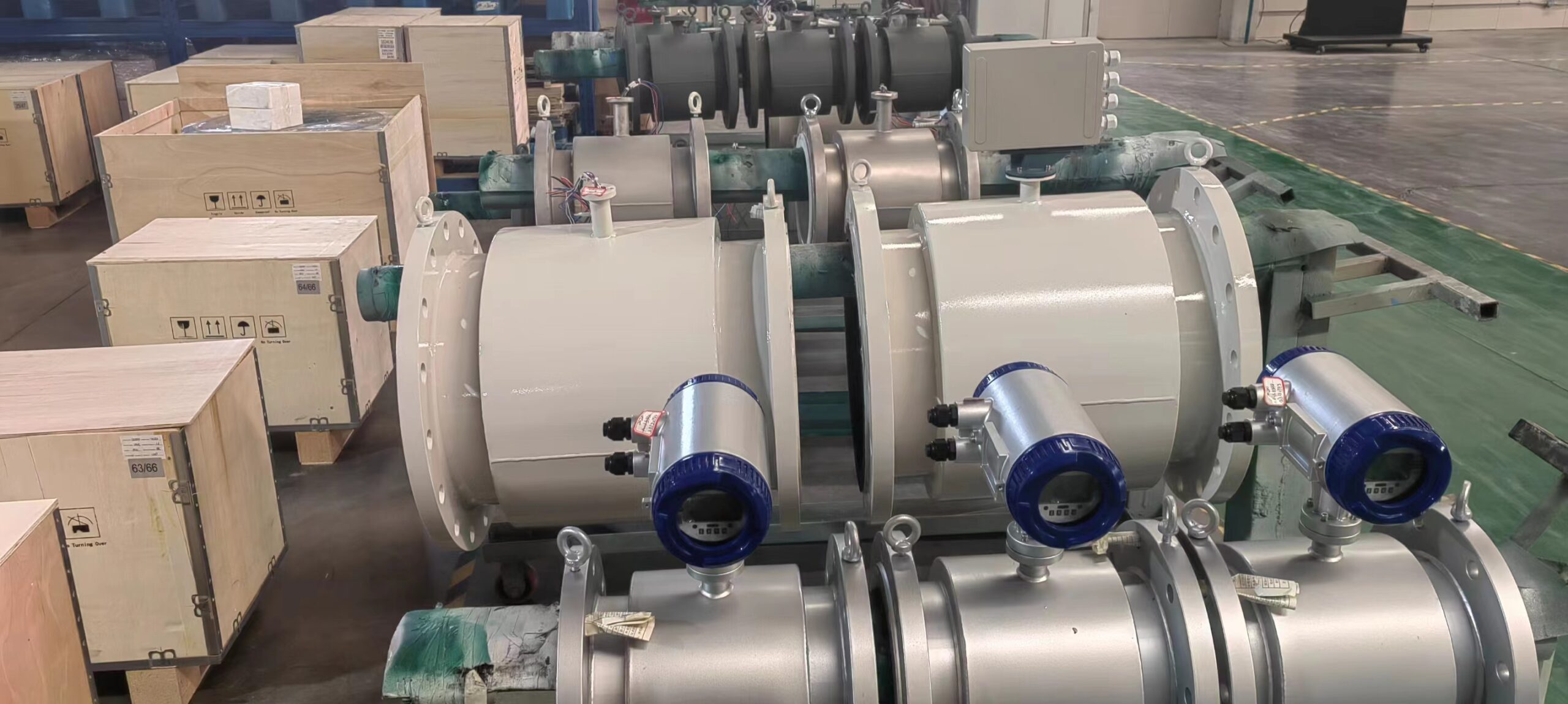
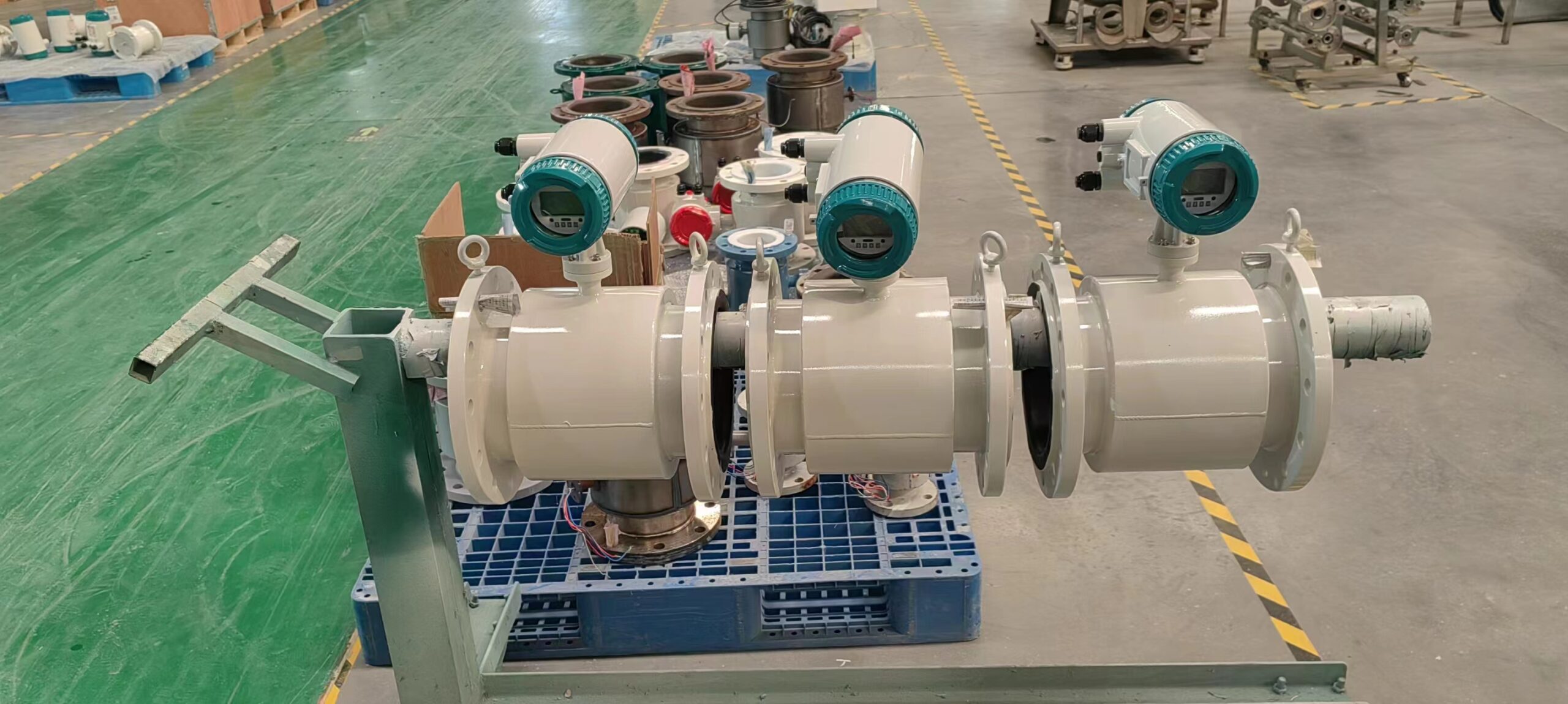
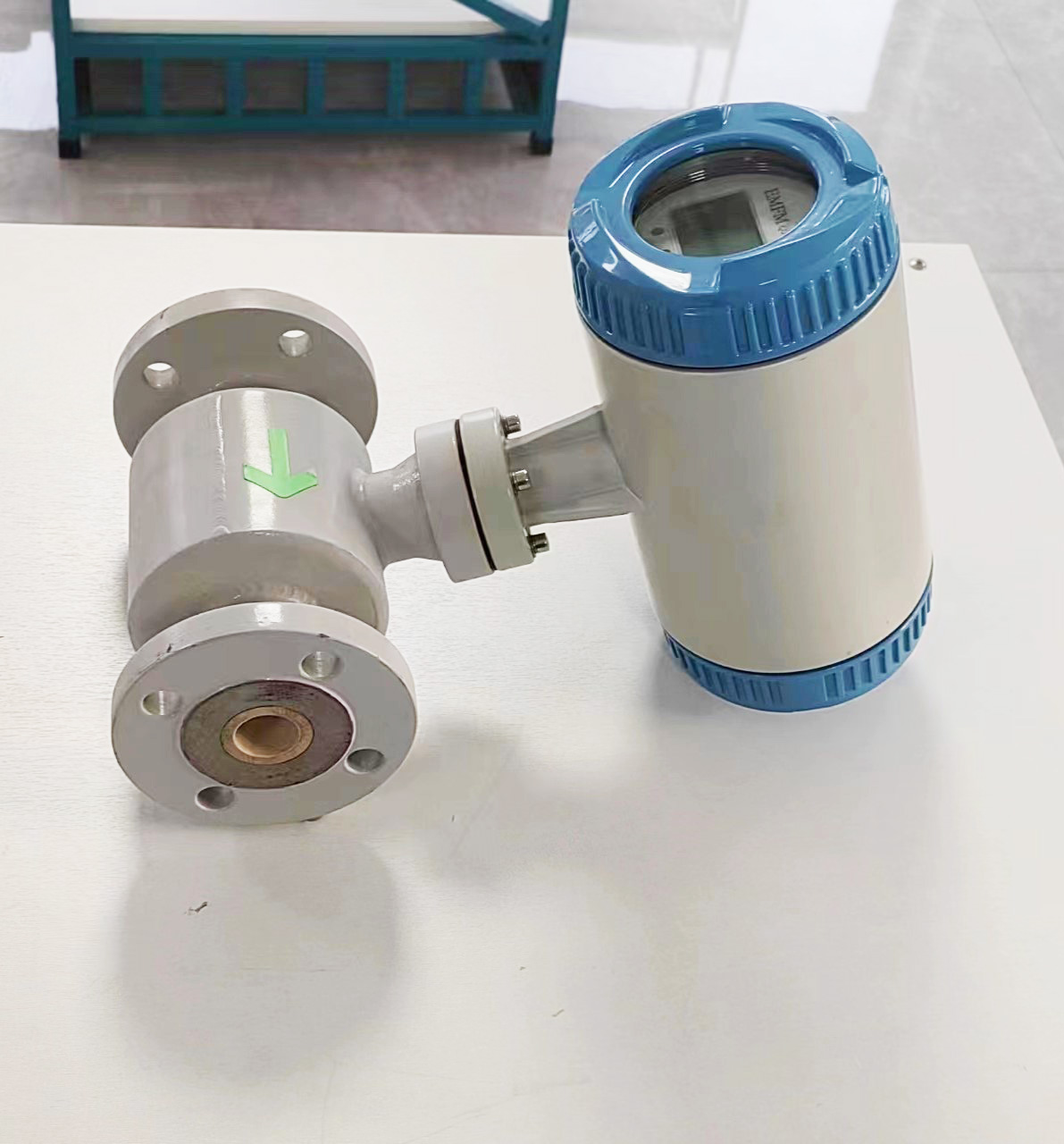
-.jpg)
